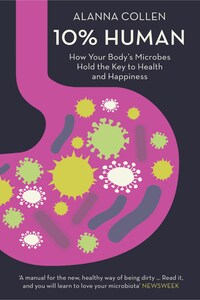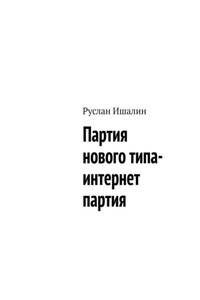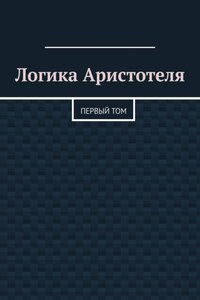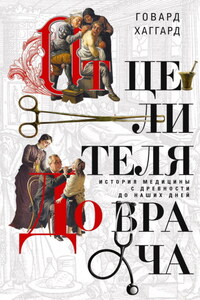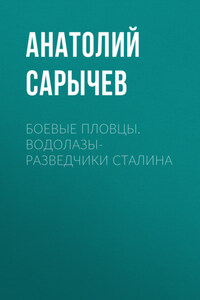William Collins
An imprint of HarperCollinsPublishers
1 London Bridge Street
London SE1 9GF
WilliamCollinsBooks.com
This eBook first published in Great Britain by William Collins in 2015
Copyright © Nycteris Ltd 2015
Line drawings by Mat Taylor
Cover illustration © Sorbetto/Getty Images
Alanna Collen asserts the moral right to be identified as the author of this work.
A catalogue record for this book is available from the British Library.
All rights reserved under International and Pan-American Copyright Conventions. By payment of the required fees, you have been granted the non-exclusive, non-transferable right to access and read the text of this e-book on-screen. No part of this text may be reproduced, transmitted, down-loaded, decompiled, reverse engineered, or stored in or introduced into any information storage and retrieval system, in any form or by any means, whether electronic or mechanical, now known or hereinafter invented, without the express written permission of HarperCollins.
Source ISBN: 9780007584055
Ebook Edition © April 2015 ISBN: 9780007584048
Version: 2016-03-05
CONTENTS
Cover
Title Page
Copyright
Dedication
Epigraph
Prologue: Being Cured
Introduction: The Other 90%
1. Twenty-First-Century Sickness
2. All Diseases Begin in the Gut
3. Mind Control
4. The Selfish Microbe
5. Germ Warfare
6. You Are What They Eat
7. From the Very First Breath
8. Microbial Restoration
Coda: Twenty-First-Century Health
Epilogue: 100% Human
Picture Section
References
List of Illustrations
Index
Acknowledgements
About the Publisher
As I walked back through the forest that night in the summer of 2005, with twenty bats in cotton bags hanging around my neck and all manner of insect life dashing for the light of my head torch, I realised my ankles were itching. I had my repellent-soaked trousers tucked into my leech socks, with another pair underneath for good measure. The humidity and drenching sweat, the muddy trails, my fear of tigers, and the mosquitoes were enough to contend with as I made my rounds, collecting bats out of traps in the darkness of the rainforest. But something had got through the barrier of fabric and chemicals protecting my skin. Something itchy.
At twenty-two, I spent what turned out to be a life-changing three months living in the heart of Krau Wildlife Reserve in peninsular Malaysia. During my biology degree, I had become fascinated by bats, and when the opportunity came up to work as a field assistant to a British bat scientist, I signed up immediately. Encounters with leaf monkeys, gibbons and an extraordinary diversity of bats made the challenges of sleeping in a hammock and washing in a river popu-lated by monitor lizards seem worthwhile. But, as I was to discover, the trials of life in a tropical forest can live on far beyond the experience itself.
Back at base camp, in a clearing next to the river, I peeled back the layers to reveal the source of my discomfort: not leeches, but ticks. Perhaps fifty or so, some embedded in my skin, others crawling up my legs. I brushed the loose ones off, and turned back to the bats, measuring and recording scientific data about them as quickly as I could. Later, with the bats released, and the forest pitch-black and buzzing with cicadas, I zipped myself into my cocoon-like hammock, and, with a pair of tweezers, under the light of my head torch, I removed every last tick.
A few months later, at home in London, the tropical infection introduced to me by the ticks took hold. My body seized up and my toe bone swelled. Weird symptoms came and went, as did various blood tests and hospital specialists. My life would be put on hold for weeks or months at a time as bouts of pain, fatigue and confusion gripped me without warning, then released me again as if nothing had happened. By the time I was diagnosed many years later, the infection was entrenched, and I was given a course of antibiotics long and intense enough to cure a herd of cattle. At last, I was going to be myself again.
But, unexpectedly, the story did not end there. I was cured, but not just of the tick-borne infection. Instead, it seemed I had been cured as if I were a piece of meat. The antibiotics had worked their magic, but I began to suffer new symptoms, as varied as before. My skin was raw, my digestive system was choosy, and I was prone to picking up every infection going. I had a suspicion that the antibiotics I had taken had not only eradicated the bacteria that plagued me, but also those that belonged in me. I felt like I had become inhospitable to microbes, and I learnt just how much I needed the 100 trillion friendly little creatures who had, until recently, called my body their home.
